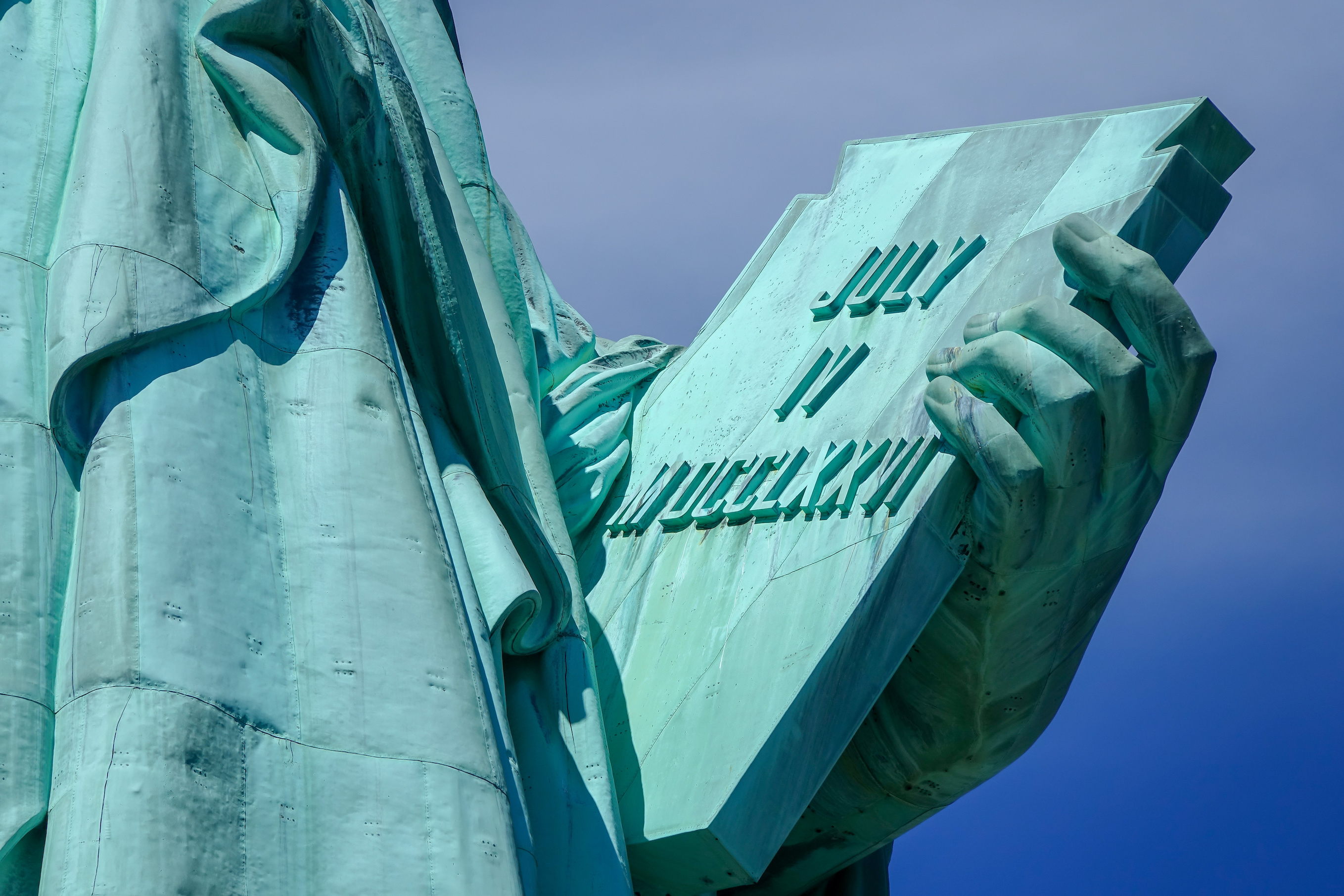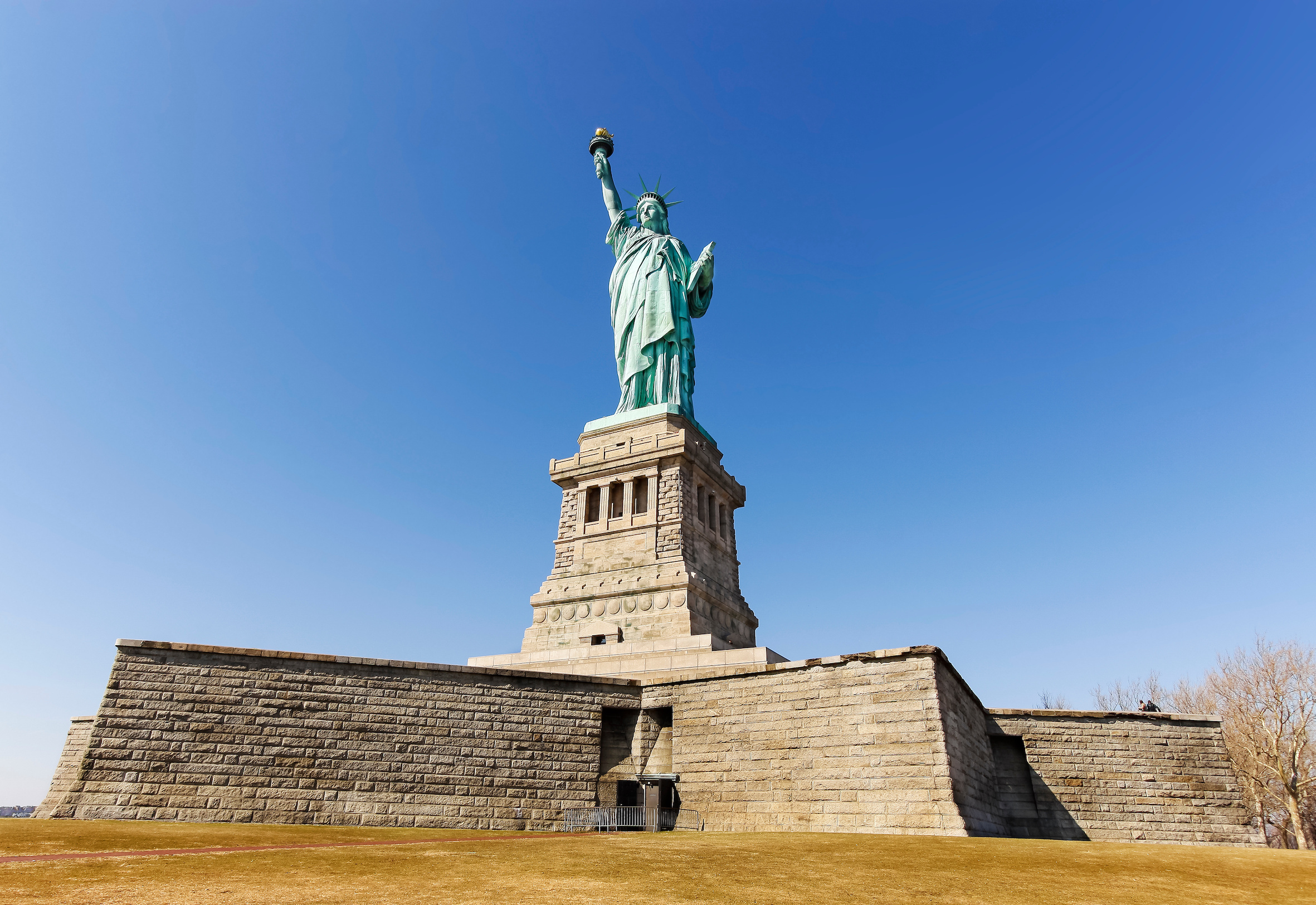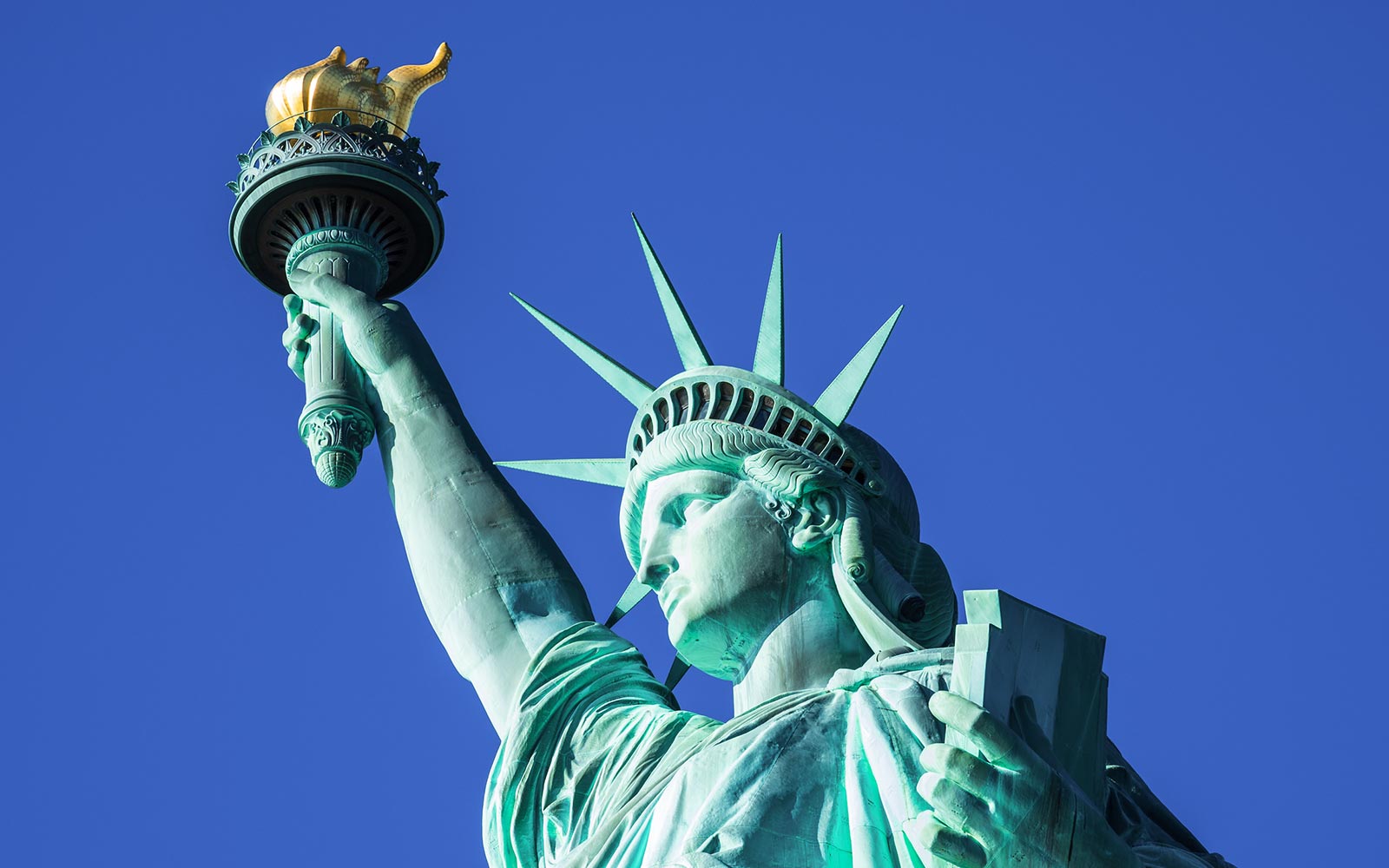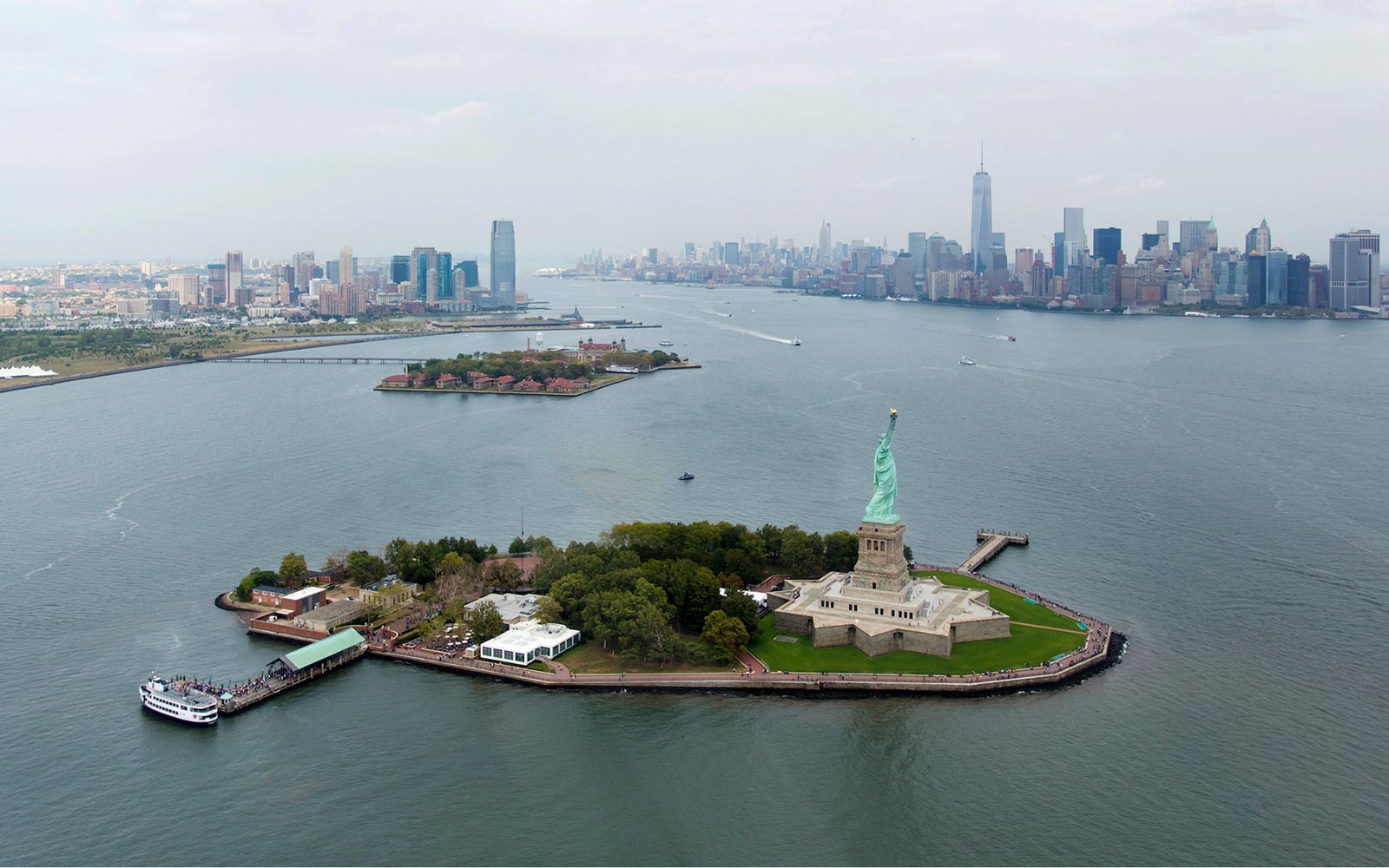- Statue of Liberty
- History
- Architecture
- Inside
- Statue of Liberty Cruise
- Liberty Island
- Photos
- Statue of Liberty Ferry
- Shopping
- Statue of Liberty Pedestal
- Statue of Liberty Museum
- National Immigration Museum
- Ellis Island
- Statue of Liberty Torch
- Statue of Liberty Crown
Tracing the Fascinating History of the Statue of Liberty | America's Iconic Symbol of Freedom
Serving as a beacon of hope and a symbol of freedom to millions of people around the globe, the Statue of Liberty is an enormous neoclassical sculpture that was sent as a gift by the French to the United States to commemorate 100 years of independence. With a torch held in her right hand over her head, Lady Liberty is a representation of enlightenment.
On this page, we will provide you with a complete insight into major events and delve deeper into the rich history of the Statue of Liberty and why it creates such a powerful mark in the world.
The Statue of Liberty Today

The Statue of Liberty is an iconic symbol of political freedom and democracy in the World. In 1984, the Statue of Liberty was inscribed as a World Heritage Cultural Site.
Over the years, the Statue of Liberty has become an iconic symbol. Today, it greets millions of immigrants and builds hope and opportunity for all those seeking a great life in the United States of America.
Due to its magnificence and importance, the Statue of Liberty welcomes visitors from across the world to come and admire this glorious symbol of the state that took centuries to complete. If you are visiting New York City, then this is an experience you absolutely must not miss!
Book Statue of Liberty tickets, tours, & cruises
Frequently Asked Questions About the History of the Statue of Liberty
Standing beautifully in Upper New York Bay, the Statue of Liberty stands as a symbol of freedom. It was built as an emblem of friendship between the French and the US and stood for their desire for liberty. Historically, it celebrated the abolition of slavery after the U.S. Civil War.
An interesting fact about how the Statue of Liberty got its name is that it was derived from the Goddess it represented; Libertas, a Roman deity that personified freedom. The Statue of Liberty was built as an empowering image and to remind everyone of the resilience and determination of the American people.
Yes, there are guided tours available that offer you an insight into the Statue of Liberty’s history and much more.
The Statue of Liberty was built between 1875 and 1884 in France. It was then shipped to New York City in 1885. Although it was dedicated on October 28, 1886, making it 137 years old today, its origin can be traced to 1865.
It took approximately 10 years to build the Statue of Liberty.
The Statue of Liberty was completed and assembled in Paris between 1881 and 1884.
The Statue of Liberty was built between 1875 and 1884 under the guidance of French sculptor Frédéric-Auguste Bartholdi.
The Statue of Liberty was designed after the Roman Goddess of freedom, Libertas. However, it is said that Frederic Auguste Bartholdi was initially inspired by the colossal figures guarding Nubian tombs and developed a passion for large-scale monuments. He also modeled the face of Lady Liberty after his mother.
This Statue of Liberty is famous for what it stands for – freedom. It was a gift from the people of France, in honor of the alliance between the two countries during the American Revolution.
The Statue of Liberty is America’s symbol of freedom and opportunity. The statue commemorates the friendship between France and the US that began following the American Revolution.
The French presented the Statue of Liberty to America to recognize them as a champion of liberty and encourage the French to follow the same ideals.
France was responsible for building the Statue and assembling it in the United States. The American people worked toward funding and building the pedestal. To raise funds, public fees, lotteries, and various forms of entertainment were put in place.
The Statue of Liberty was announced as a World Heritage Cultural Site in 1984.








